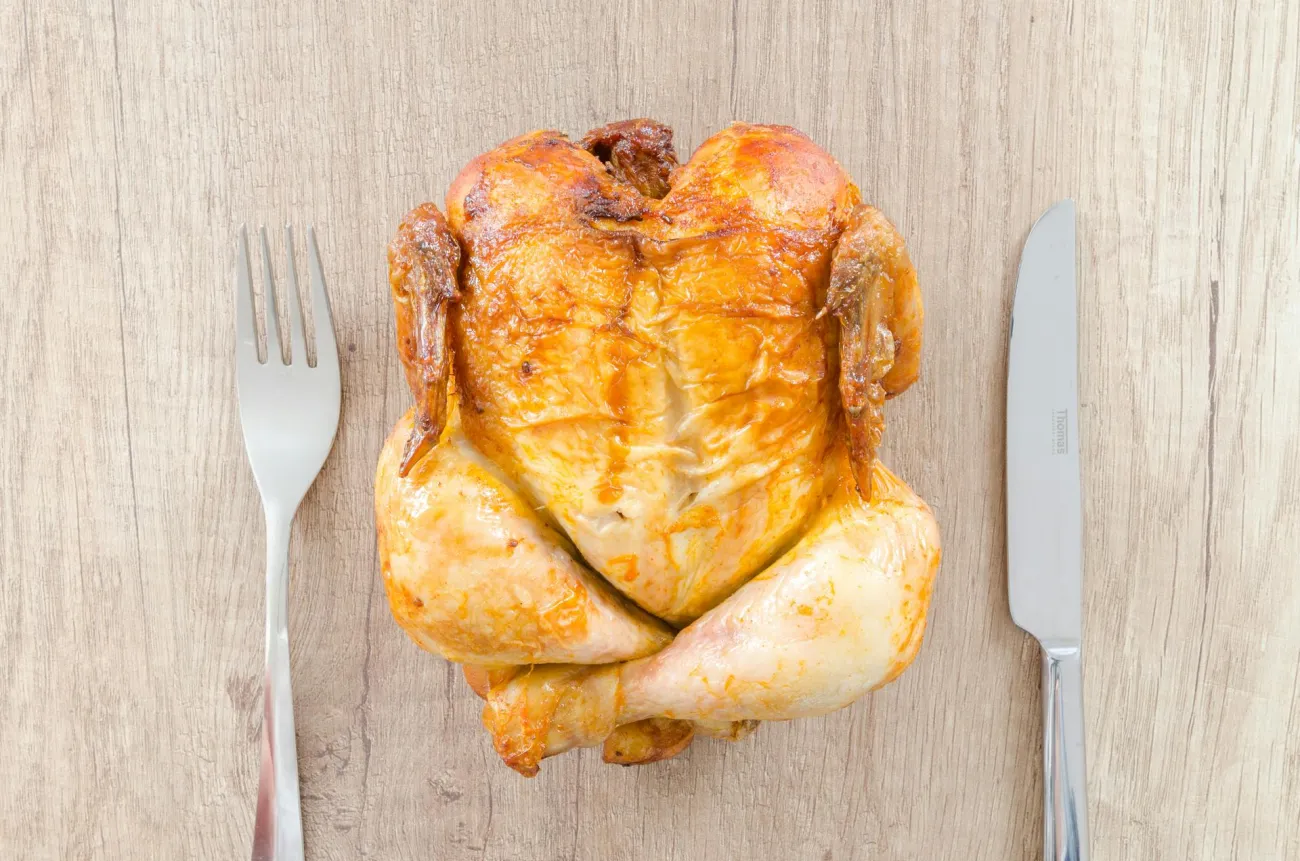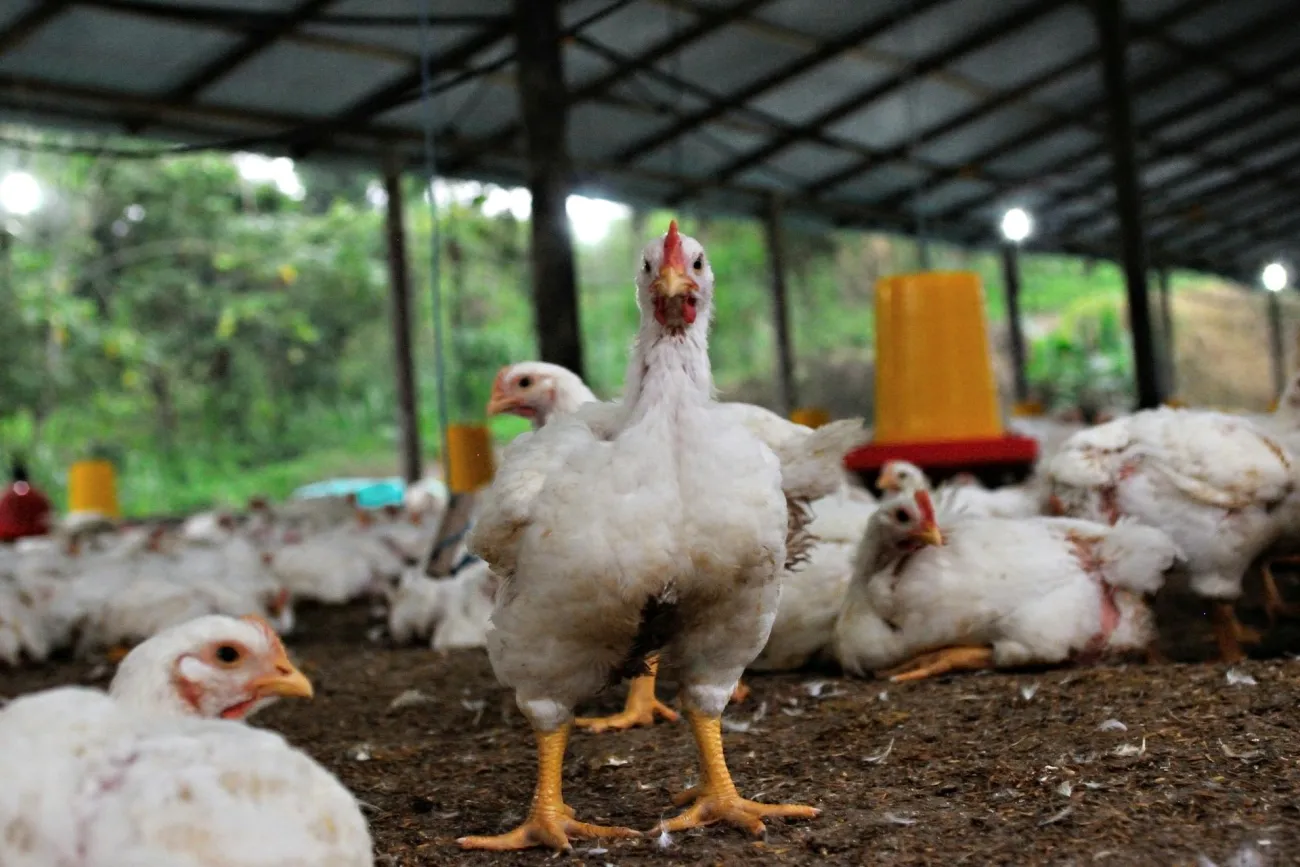Cultured meat and dairy are emerging as disruptive technologies that some argue could accelerate sustainable agrifood transition in Europe. However, in order for the widespread adoption of cultured meat production and consumption to take place, new laws and policies will need to be introduced. This paper explores three interconnected categories of regulatory intervention that are needed to accommodate this transition in the EU

The three interconnected categories of regulatory intervention are:
- Laws aimed at limiting the production of and demand for conventional meat and dairy
- Laws aimed at increasing the production and demand for cultured meat and dairy
- Laws aimed at ensuring that cultured meat and dairy production is safe, fair, nutritious and sustainable
There already exists a regulatory framework that achieves some of the above; for example the Industrial Emissions Directive - the main EU instrument regulating pollutant emissions - and the Common Agricultural Policy regulate GHG emissions and finance climate change related actions for agricultural production, though there are few specific requirements for the livestock sector. However, the EU’s Farm to Fork Strategy points to agricultural strategies such as those to reduce fertiliser usage, increase organic farming and improve animal welfare as key climate change responses. Additionally, the introduction of livestock price instruments such as carbon taxes, as well as Emissions Trading Systems are under discussion in some European countries. However a cohesive set of policies for transitioning toward cultivated meat and dairy has not been widely discussed.
Although the introduction of European climate laws could increase the price of conventional meat, more will need to be done to ensure cultivated meat actually reduces conventional meat production, rather than merely becoming an additional product on the food market, as these new products can coincide with traditional meat products without conflict. For example, tighter border taxes will be needed to avoid the replacement of expensive European conventional meat and dairy with cheap imported products. Regulatory instruments will also need to make alternatives to conventional meat a cheap alternative. These will likely include price mechanisms such as cultured meat and dairy subsidies and differential taxation schemes, which will have to be managed at EU scale to prevent cross-border price competition. Finally, novel foods will need to be deemed safe, fair, nutritious and sustainable, which will require basic procedures like certification by the European Food Safety Authority (EFSA), and might entail more complex legislative challenges. Particularly, the author highlights the difficulties ahead for livestock farmers who may need to radically adapt their business model and diversify their farming practices. The author argues that a wide variety of policies will need to be mobilised, such as laws requiring local farmer involvement in cultivated feedstock supply, practical support including education and guidance, and financial aid either through subsidies or market based carbon credit.
Abstract
The EU is on the eve of an agricultural and food transition aimed at reducing harmful environmental and climate impacts of agriculture and at reducing negative health impacts of unhealthy food. Much attention is focused on animal-based food, especially meat and dairy. The emergence of cultured meat and dairy as a disruptive technology on the food market could be an accelerator of the agricultural and food transition. Replacing animal-grown meat and animal produced milk with lab-grown meat and dairy has the potential to reduce greenhouse gas emissions from livestock to zero, reduce the current nitrogen and phosphate overload, and transform landscapes through the reallocation of space now used for grazing and for the production of animal feed to other uses. This chapter answers the question how law can facilitate a smooth agricultural and food transition with a focus on the emergence of cultured meat and dairy. There are roughly three interconnected categories of regulatory interventions which may accommodate large-scale introduction of cultured meat and dairy: laws aimed at limiting the production of and demand for conventional meat and dairy, laws aimed at stimulating the production of and demand for cultured meat and dairy, and laws aimed at ensuring that cultured meat production is safe, nutritious, fair and sustainable.
Reference
Verschuuren, J., 2023. Cultured Meat and Dairy as a Game-Changing Technology in the Agricultural and Food Transition in the EU: What Role for Law?. Climate Technology and Law in the Anthropocene (Bristol University Press, forthcoming).
Read the full paper here. See also the TABLE blog post on the challenges of cellular agriculture as well as our current podcast series Meat: The Four Futures




Comments (0)